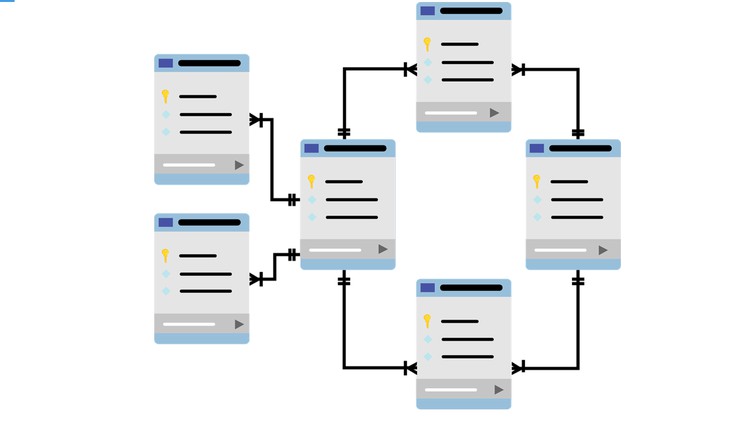
Introduction to PostgreSQL, basic SQL queries, SQL command tutorials
What you will learn
Downloading and Installing PostgreSQL
Basic SQL commands and scripts
Creating new table
Altering content in the table
Description
Today, we are all surrounded with full of data.
Data can be in the form of structured data(eg: Tables, worksheets), or unstructured data (free text fields or comments from social media).
Data can be also in the form of a bi-product that is produced during day-to-day transactions.
For example, when we are buying something from supermarkets, we are being issued a resit upon payment. The resit is a bi-product as our intention is not to collect the resit but to retrieve all the goods that we purchased from the supermarket. If we take a look at the resit, it has sufficient data as evidence that we bought the specific product from the supermarket. It has all the required data to perform a return when the product bought has defects. It has the date purchased, the location of the store, and the list of products, unit cost, and quantities that have been purchased.
The question is, where did all the data has been stored into? How did the company keep track of its revenue, and also increase the number of customers visiting their store?
In this course, we are going to learn how to download and install PostgreSQL, a database to store data, and to be retrieved by other systems for their designated purpose.
Data is the core of an AI model, which utilizes data input for the model to train, test, and learn from the data.
The usage of Machine Learning has allowed computers to perform predictions and provides suggestions to humans based on the data input that has been fed into the machine.
An example of Machine Learning is the Web Search Engine, which tries to understand what is the content we are searching for based on the data input that has been entered into the Search Engine.
Data can also be fed into BI systems to translate the data into useful insights to make the correct decision on a certain matter.
Hence, data is very important where database admins are hired to ensure data hygiene is taken good care of.
Join now to know more about PostgreSQL as a service for data warehousing.
The Objective of the course:
To provide a very understanding of the basic functionality of PostgreSQL.
Learning Outcomes:
1. How to install and configure PostgreSQL.
2. How to create and modify tables in PostgreSQL.
3. How to perform basic SQL commands in PostgreSQL.
#PostgreSQL Tutorials, #SQL query, #PosgreSQL basic commands, #Database System
Content